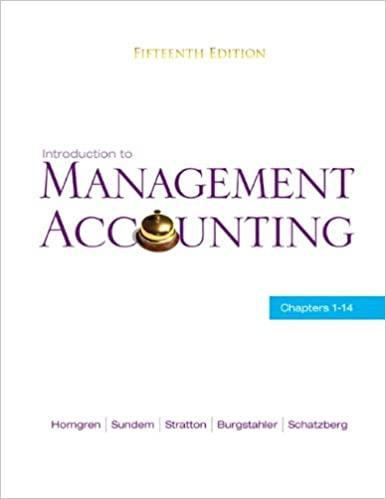

 please solve step by step
please solve step by step
BONUS PROBLEM Let us now suppose that there is a technological breakthrough that avoids Kessler Syndrome, but the operational expense of deploying the technology only makes sense once the magnitude of space debris reaches on the order of K-1. Once deployed, space debris is cleared out to the threshold level T. However, the probability of using the technology is subject to agreement with all space-faring parties, and therefore on any given year (in state K-1) the probability that the technology is used is r, in dependent of everything else. In the meanwhile, if the debris increases with an order of magnitude to K, the technology is immediately implemented to clear out the debris level to T. Modify the Markov chain model, and answer the following questions. RE PROBLEM 8(5 POINTS) What is the state space, transition diagram and transition probability matrix for the modified model? PROBLEM 9(5 POINTS) Is the Markov chain ergodic? If so, what is the steady-state probability mass function, assuming T = 4 and K = 8, and (p,q,p',q',r) = (0.4,0.4, 0.6, 0.1,0.9). If not, is there a reduced state space where the resulting Markov chain is ergodic (assuming the same parameters). PROBLEM 10(5 POINTS) Suppose r = 1. What is the expected number of years between deployments of the technology in the long-run? Note that now we assume T = 4 and K = 8, and (p,q,p'.q'.r) = (0.4.0.4, 0.6, 0.1,1). BONUS PROBLEM Let us now suppose that there is a technological breakthrough that avoids Kessler Syndrome, but the operational expense of deploying the technology only makes sense once the magnitude of space debris reaches on the order of K-1. Once deployed, space debris is cleared out to the threshold level T. However, the probability of using the technology is subject to agreement with all space-faring parties, and therefore on any given year (in state K-1) the probability that the technology is used is r, in dependent of everything else. In the meanwhile, if the debris increases with an order of magnitude to K, the technology is immediately implemented to clear out the debris level to T. Modify the Markov chain model, and answer the following questions. RE PROBLEM 8(5 POINTS) What is the state space, transition diagram and transition probability matrix for the modified model? PROBLEM 9(5 POINTS) Is the Markov chain ergodic? If so, what is the steady-state probability mass function, assuming T = 4 and K = 8, and (p,q,p',q',r) = (0.4,0.4, 0.6, 0.1,0.9). If not, is there a reduced state space where the resulting Markov chain is ergodic (assuming the same parameters). PROBLEM 10(5 POINTS) Suppose r = 1. What is the expected number of years between deployments of the technology in the long-run? Note that now we assume T = 4 and K = 8, and (p,q,p'.q'.r) = (0.4.0.4, 0.6, 0.1,1)


 please solve step by step
please solve step by step





